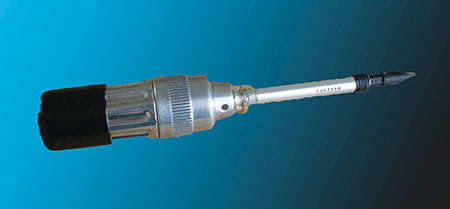Tomthumb62
Solar Wizard
- Joined
- Sep 25, 2022
- Messages
- 1,871

Inspecting Electrical Connections for Proper Torque
iaeimagazine.org
I only perused the article. But all these loose connections, did they at all tighten them good and tight? Or just a bit snug?
And “properly torqued” or just by proper feel, how often do such connections vibrate loose anyways and need to be re-tightened? Especially in mobile or marine cases?
How many people put too much faith into their torque wrench, even if properly calibrated and fail to ever recheck the connections occasionally?
What I’m getting at here is real torque wrenches are very expensive. And for a solar system you’re going to need both foot pounds and inch pounds wrenches. There are too many cheap torque wrenches out there. That few ever bother to calibrate. So in these cases, such torque wrenches are a liability. IMO. They’re better off doing it by feel and tightening it down as much as possible without damaging threads or connectors. And using good tools with handles long enough to apply decent torque without going overboard. You don’t need a two foot handle on a wrench for a connector with an inch pound spec.
The only place I can see a good use of a genuine calibrated torque wrench is when building a battery to make the cells as balanced as possible.


